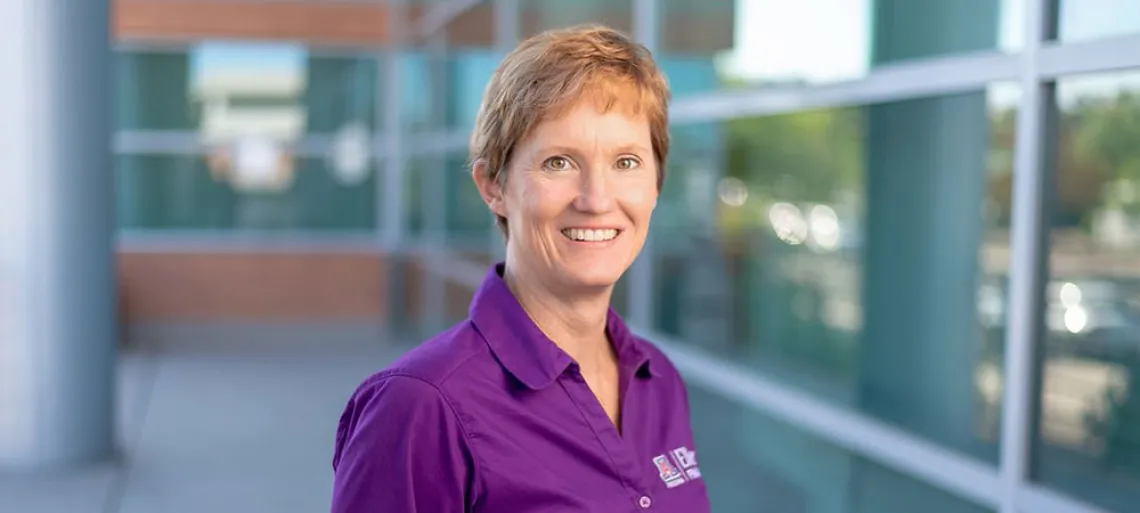New Eller Research Explains Why Corporate Payouts Are So High

Research on corporate payouts by Kathy Kahle, Thomas Moses Professor in Finance at the Eller College of Management at the University of Arizona, found a surge in the 2000s when compared to the preceding 30 years.
According to Kahle’s research, the average annual inflation-adjusted amount paid out through dividends and repurchases by public industrial firms is more than three times larger from 2000 to 2019 than from 1971 to 1999. She found an increase in aggregate corporate income accounts for 37 percent of the increase in aggregate annual payouts and an increase in the payout rate accounts for 63 percent.
Taking that into consideration, she determined that “firms have higher payout rates in the 2000s not only because they are older, larger and have more free cash flow, but also because they pay out more of their free cash flow. Though firms spend less on capital expenditures in the 2000s than before, capital expenditures decrease similarly for the firms with payouts and for firms without.” This is not consistent with the concern that firms reduce investments in order to make payouts.
Furthermore, Kahle concludes: “The difference between payers and nonpayers is that payers use the funds released by the reduction in investment to increase payouts and the nonpayers use it to increase R&D. This difference has a simple two-part explanation. First, young, small firms spend more on intangibles in order to build the intangible capital they require to operate successfully. Second, the importance of investment in intangible assets increases in the 2000s. Thus, as intangible capital becomes more important, young and small firms spend much more on intangibles. Older firms increase spending on intangibles by a much smaller amount because they have already built much if not all of their intangible capital.”
Kahle’s paper, titled “Why are Corporate Payouts so High in the 2000s,” is co-authored with Rene Stulz, at Ohio State University and is forthcoming at the Journal of Financial Economics.
Kahle is available to speak further about the research conducted for the paper, and what this means for today’s economic environment, for news stories and television segments. To learn more about Eller College of Management, visit www.eller.arizona.edu.

